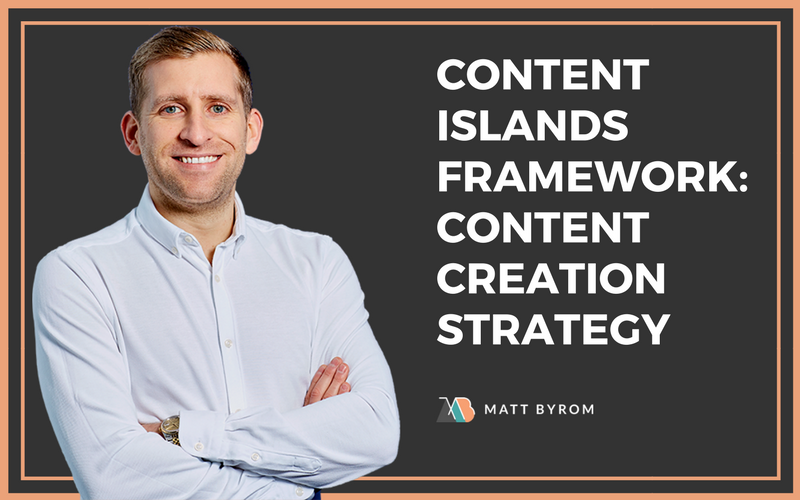The Content Islands Framework is a simple but highly effective content creation strategy. It will help you create content that has a purpose and a goal. This means that every piece of marketing content you create works together as a whole. The result is that people go on a content journey with your brand.
If you follow a content marketing strategy or inbound marketing strategy you’ll be used to creating content on a regular basis. The Content Islands Framework will improve your overall content creation process. It will make sure one piece of content works with the next and that people who interact with your content go on a content journey from acquisition to consideration and decision. The Content Islands Framework also makes sure you nurture prospects pre and post sale.
The reason this content creation strategy is so successful is that it focuses your mind on creating content that works together rather than just creating a piece of content here and a piece of content there. This is a simple strategy that can be added to your current process with ease. It’s a way of thinking rather than a complete culture change.
Video Transcript:
Hey, I’m Matt Byrom. In this video I’m going to show you a simple framework thats helped us generate more than a million pound of new business through content marketing.
This framework will help you create content that generates traffic, converts users into leads and then nurtures people before and after they buy from you. Best of all I’m going to show you how to set this up for yourself step-by-step.
If you’d like to see more marketing strategy videos like this please click subscribe and then click on the bell to get notified every time I release a new video.
Background
Before I show you the Content Islands framework I want to explain why we created it.
A few years ago we were following a popular content marketing framework called the Hubspot Inbound Marketing Methodology.
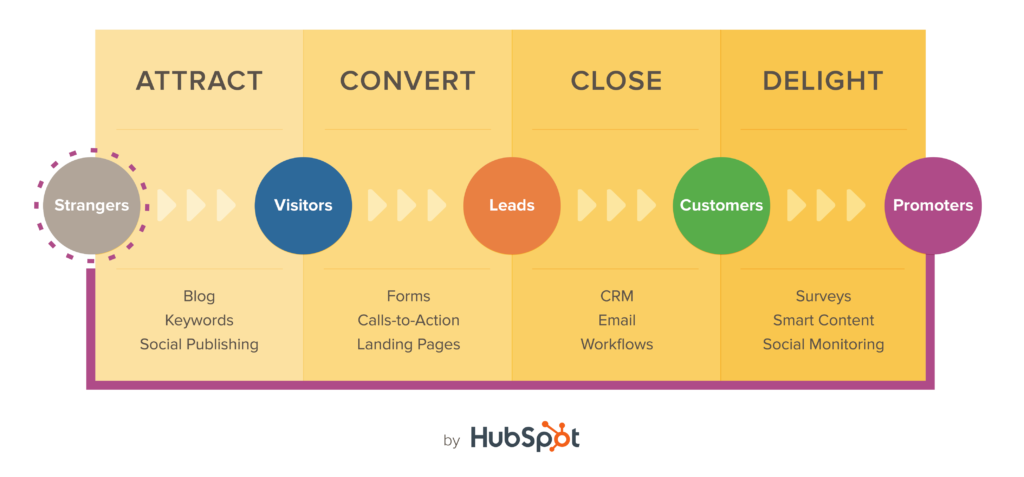
This is a really clear way for people who are new to content marketing to think about the journey people should go on on with your brand.
This model tells us that we should create content to attract our audience to our website. We then convert those visitors into leads, close those leads into customers and then delight those customers so much that they tell their friends and colleagues and become promotors of our business.
However, the problem with this model is that it’s not the best process to follow if you’re starting to create content. The reason is that you don’t really want to attract people to your website if you haven’t already got a way to convert them into a lead or a customer. So what the Inbound Methodology gives us is not the process to follow to create content but the end result we’re looking for.
In addition to this, with this model it’s all to easy to create a piece of content here, a piece of content there, all on different topics. This means that the content you create might not work together to achieve your goal.
So if we’re looking for a process to follow to actually create content another model we could look at is the hub and spoke model.
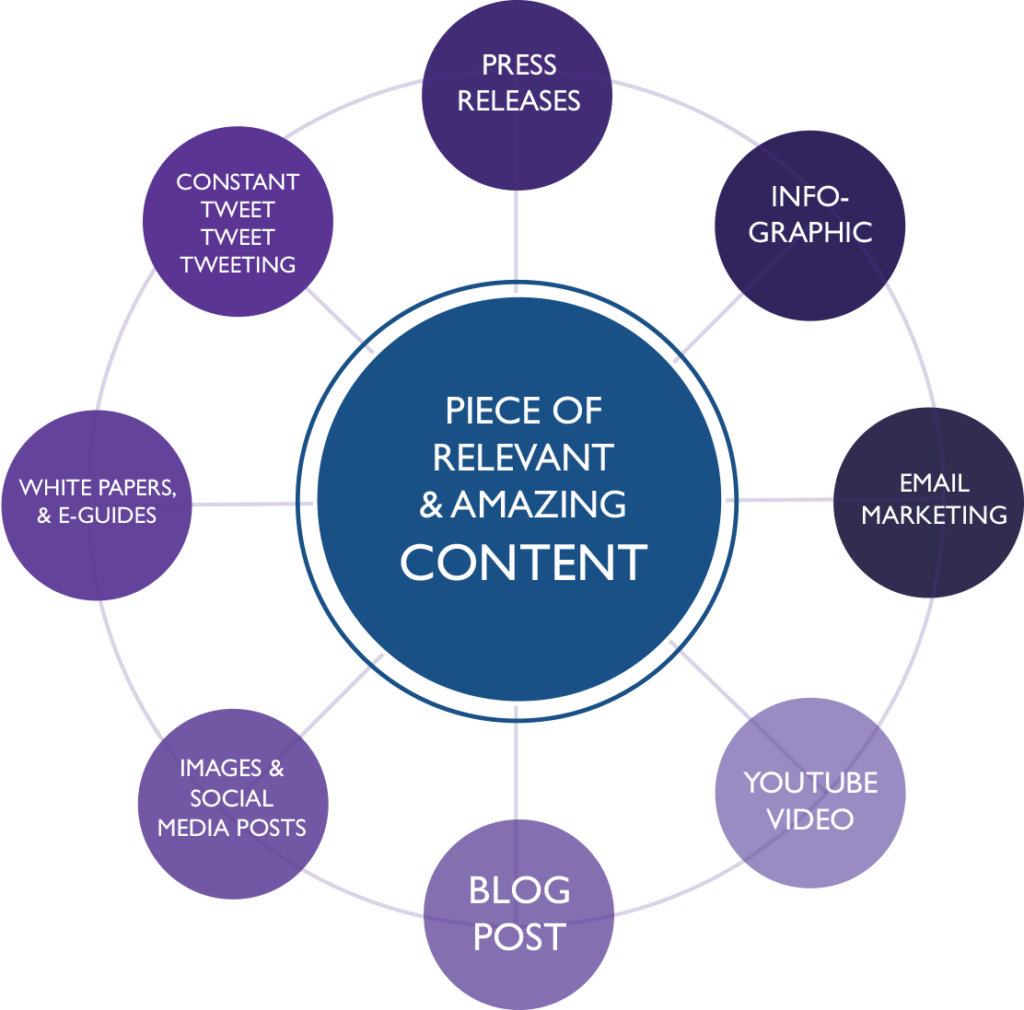
This says we should create our hub first which acts as our lead generation piece and then create smaller pieces of content to support it.
This solves the shortcomings of the inbound methodology as a content creation process. But, the hub and spoke model is purely based around acquisition. It doesn’t take into account the nurture or after sales process.
So it’s for this reason that we created the Content Islands framework. We wanted a simple process to follow so that we could create effective marketing content.
Content Islands
The content islands framework starts with your island. This is a lead generation piece such as an ebook, a white paper, a webinar or a report. Basically, this needs to be a high value piece of content on your chosen topic.
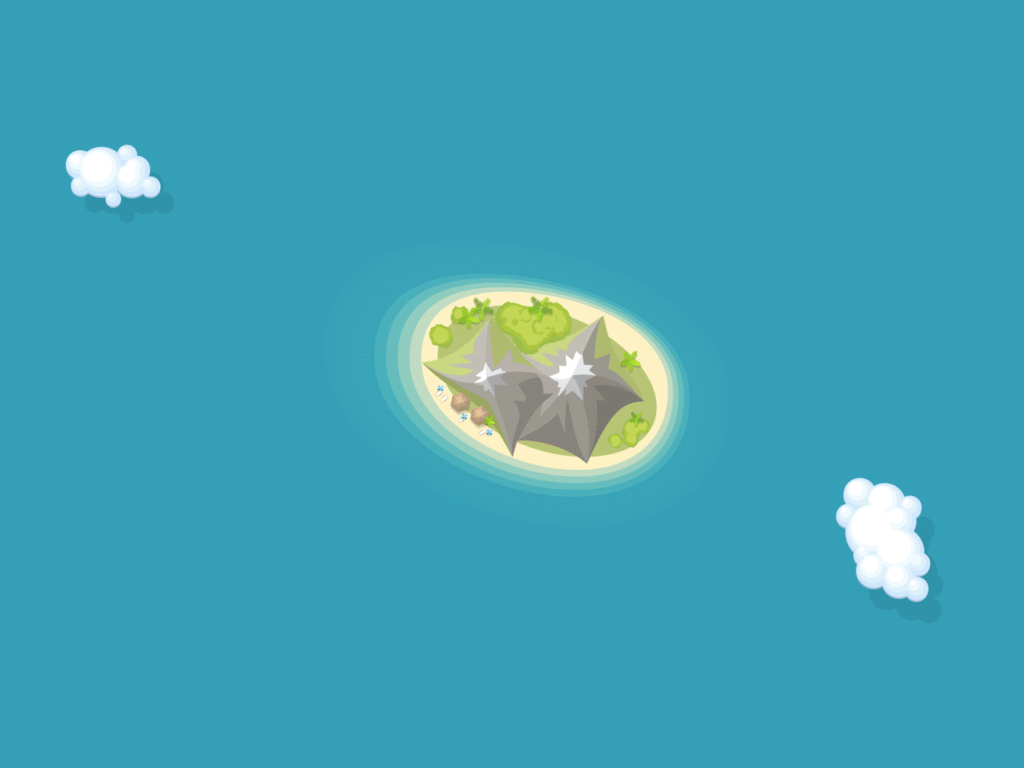
And, ideally this should be gated so you ask for the persons name and email address in exchange for downloading it. This is the perfect way to generate new leads for your marketing funnel.
An example of this is our Wyzowl ebook called “How much does an animated explainer video cost?”
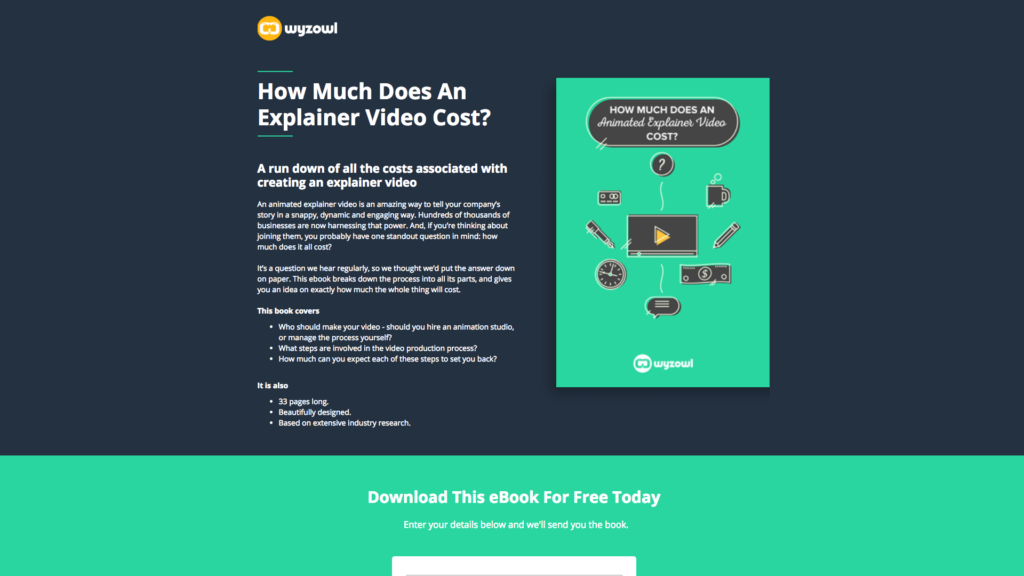
So, now that you’ve got your lead generation piece the next part of the content islands framework is feeder content. This is represented by boats, planes and helicopters.
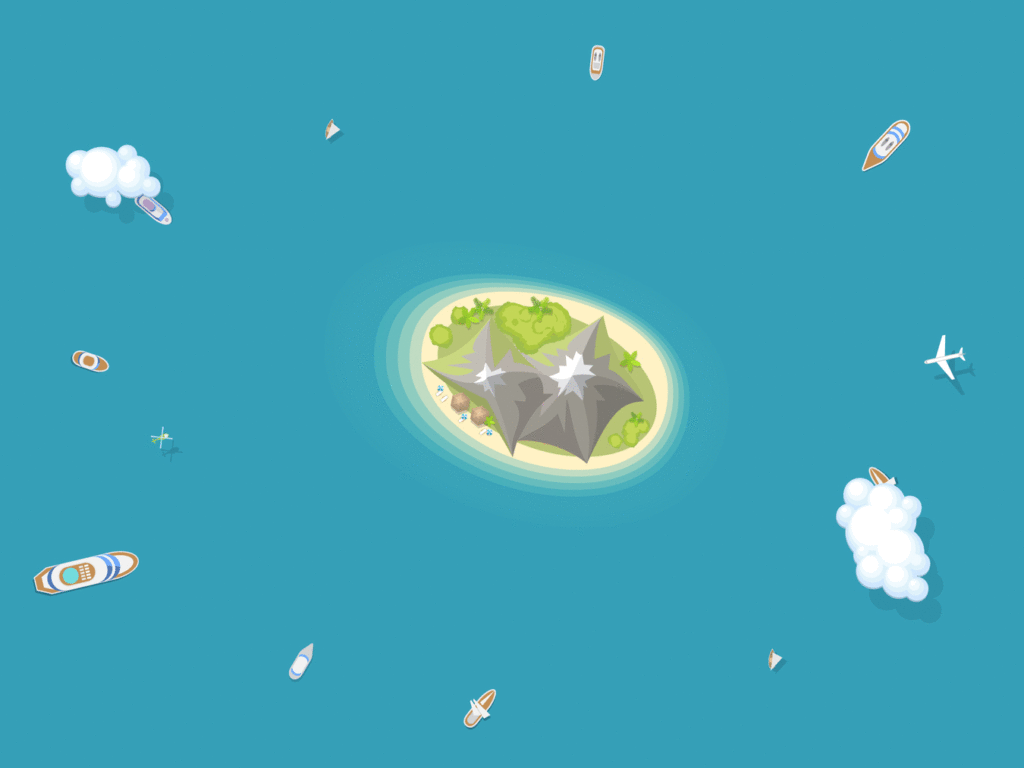
Feeder content needs to generate traffic. Its a way for you to feed traffic in to your island piece.
So, this type of content could be blog articles, social media posts, emails, display adverts, original research and data, infographics, interviews, videos or guest posts. In simple terms, these pieces of content will be found online by your target audience through the search engines or you could target your audience through advertising or partnerships.
Feeder content needs to be on the same topic as your island content. But each of the feeder pieces can be on niche parts of the topic.
In my example we created blog articles and other pieces of content around the cost of explainer videos. Then, when someone reads one of these articles they’re pointed towards our island content.
For example, they might have searched for “how much does animation cost”.
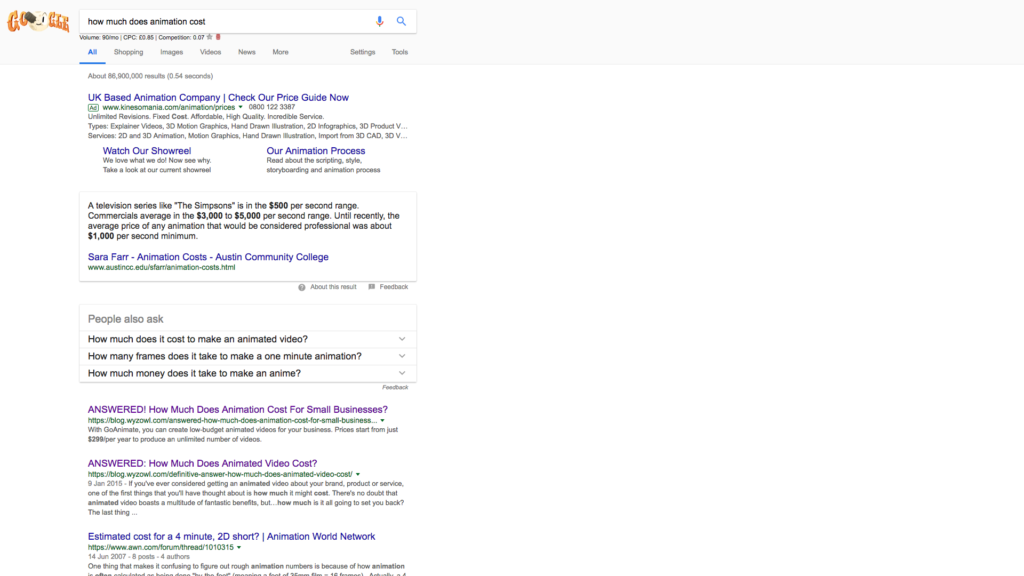
They find our blog article in the search engine results page, read it and then they’re pointed towards our high value island piece.
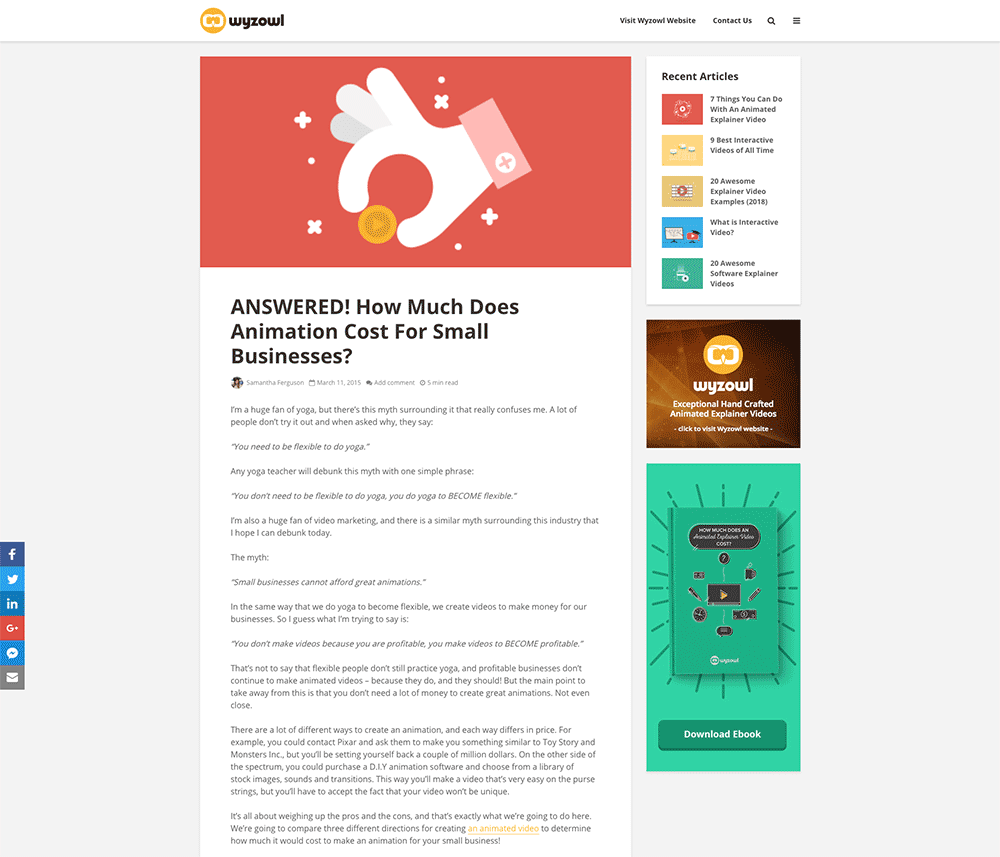
So they’re now a lead in our marketing funnel. Are more than that. We know their interest is in the cost of animated explainer videos.
But the content islands framework doesn’t stop there. Once someone is on our island we want to look after them, we should get them the best sun lounger in the perfect spot on the beach with their favourite cocktail.
In reality, we want to support them with further information around the same topic. We want to educate that prospect further so they decide to buy from us and then support them so they have the best experience with our brand and tell their friends.
As such, the beach in the content islands framework is the process of nurturing and supporting leads and customers.
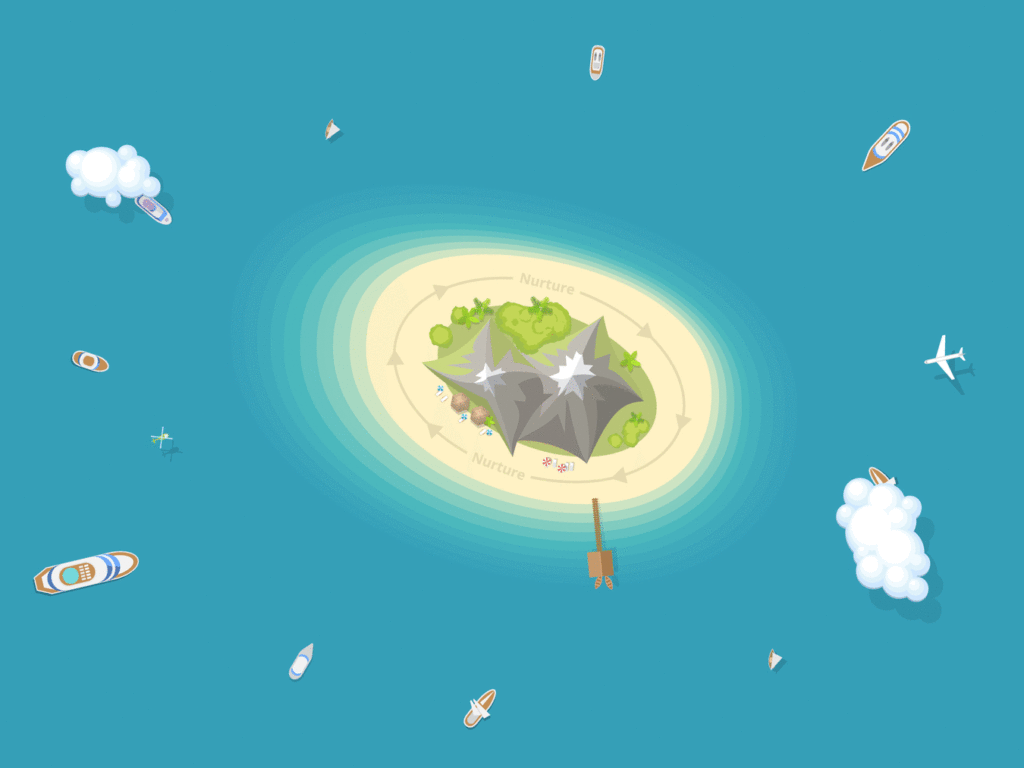
In our example we send prospects more information around the cost of explainer videos by email. We also tell them how much it costs for us to create an explainer video and see if that fits their budget. This is the time to educate them and support them on their journey towards making that buying decision.
Then once they have bought we need to support them with after sales and service. Make them so happy that they tell their friends.
The reason that the content islands framework is so effective is that it focuses our mind around creating a series of content that attracts, converts, closes and supports people in their journey with our brand. It gives us an order to create content in and makes us think about how each piece of content works as a whole.
Result
Each content island you create should be based around a single topic. The island should be the high value piece that provides a lot of information around the broad topic. And the feeder pieces should be smaller niche ways for people to enter your island.
When people visit our island we generate leads. This also indicates that they’re interested that particular topic so we can provide much more value around the same topic by email, chat, phone and retargeting.
Your first content island is just a starting point. It’s important to create multiple content islands for your business. Create one island for every area of interest for your business. That way people can go through a content journey with your brand based on their specific interests.
I hope you’ve found this useful. I’d love to know how you’re implementing content islands in your own business. And, if you’d like our help with creating content for the different parts of your island please contact me here.

